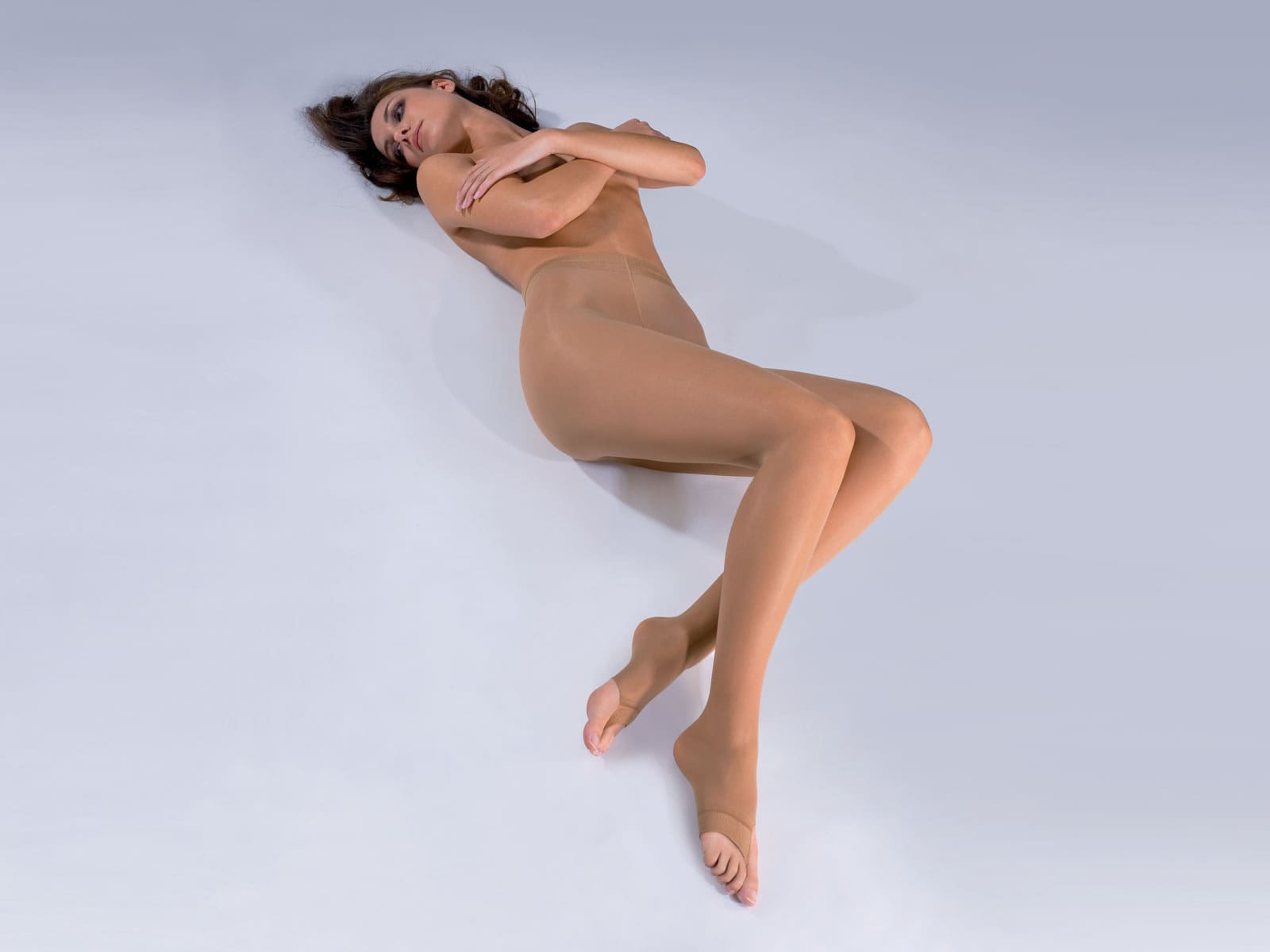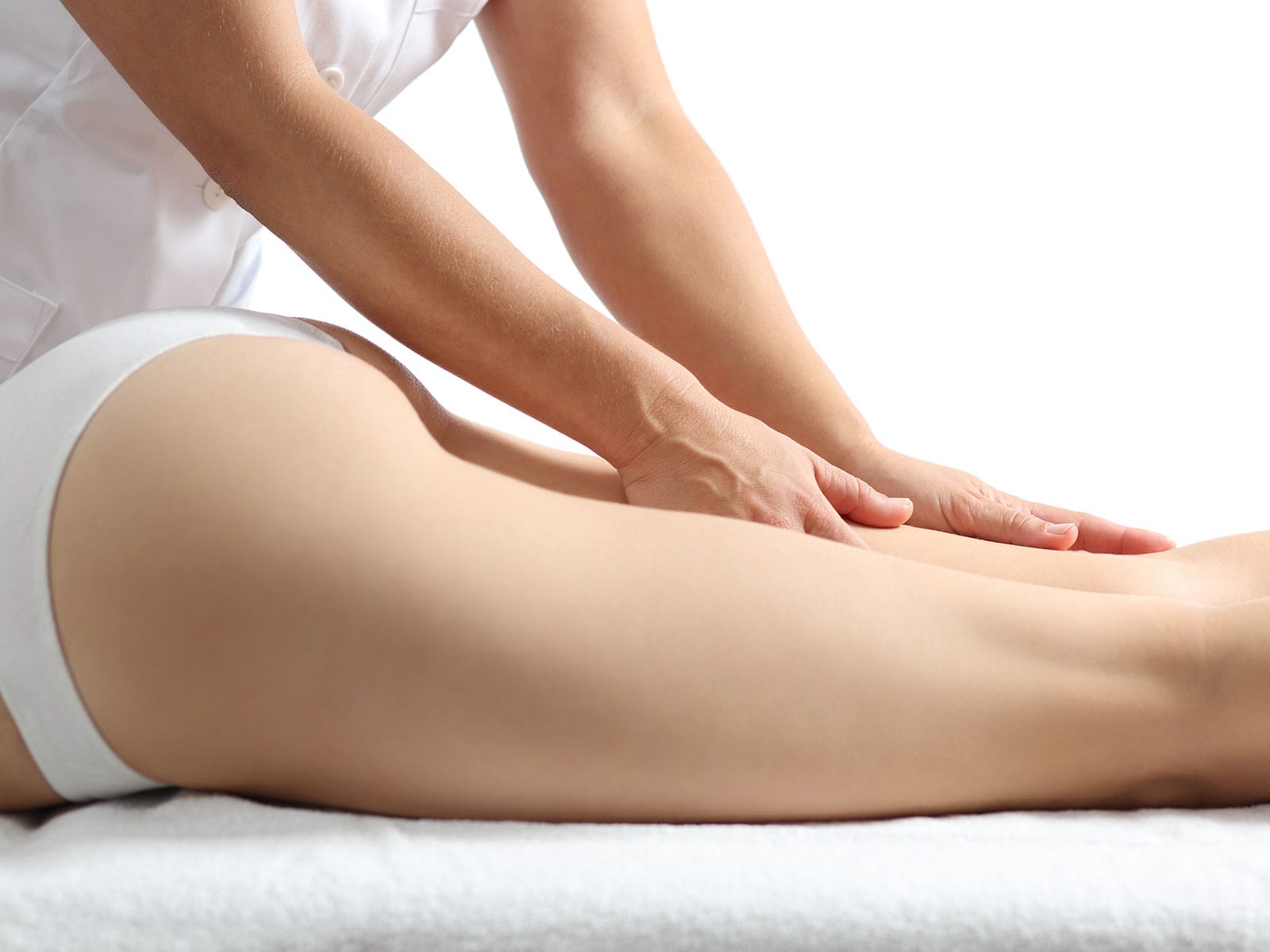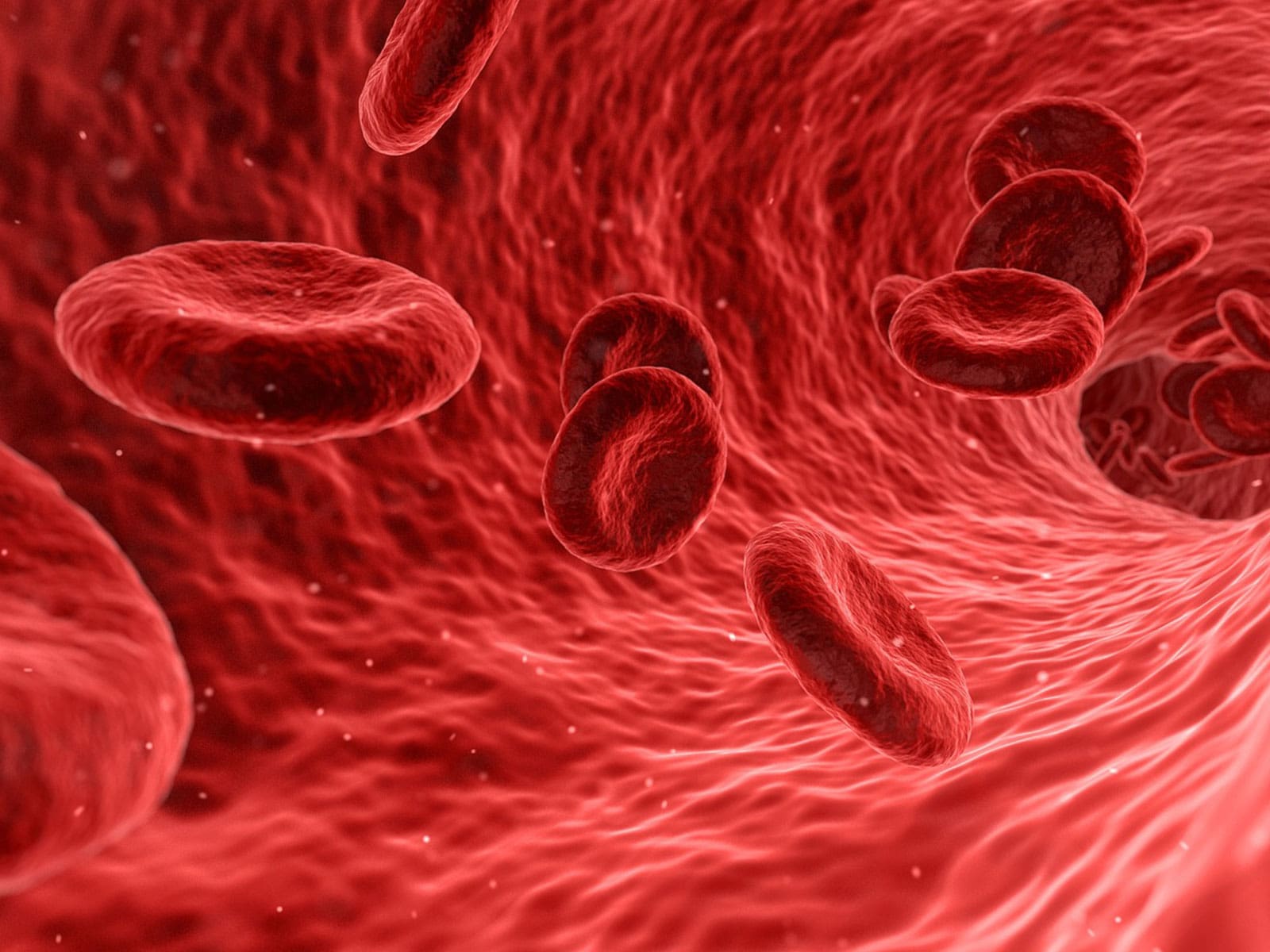Working long hours on our feet can be tiring and put a strain on our bodies. Professionals who spend most of the day in this position are often prone to problems such as fatigue, swollen legs, and the risk of developing circulatory problems.
In this article we will learn how graduated compression can be an effective solution to alleviate these discomforts and improve the well-being of people who work in a standing position.
- Who works in a standing position?
- What does it mean to be on your feet for so many hours?
- How many hours a day can you stay on your feet?
- Which jobs use graduated compression?
- How can you reduce fatigue when you're on your feet for long hours?
Who works in a standing position?
Professionals who spend most of their time on their feet come from a variety of backgrounds. Many work in hospitals, such as nurses, doctors and medical staff.
People in the hospitality industry also spend a lot of time standing: waiters, bartenders, cooks, chefs, and receptionists. Shop assistants at the shop counter, as well as beauticians and hairdressers, spend a lot of time standing, which puts a strain on the body, especially the circulatory system.
Not to mention the strain on the legs and feet of factory workers, such as labourers and production workers, jobs which can also lead to back pain.
Of course, people who spend a lot of time in static positions also suffer from venous fatigue and the resulting symptoms, such as pain and swelling. At this link you can find the article that takes a closer look at the issue of the venous system on long journeys.
What does it mean to be on your feet for so many hours?
When you stand for long periods of time, your blood must fight against gravity to get back to the heart, where it is oxygenated in the lungs. Blood flow from the periphery of the body (arms, hands, legs, and feet) may need support to return to the trunk and major organs.
Standing for long periods of time can cause fatigue and slow blood flow, which can lead to several health problems. The main consequences are muscle fatigue with pain in the legs and back. You may also experience swelling in your legs, feet, and ankles. This is because lack of exercise causes fluid to become stagnant, leading to swelling (edema).
Circulatory problems are very uncomfortable and, if left untreated, can develop into serious conditions over time. Standing for hours can slow blood flow, increasing the risk of varicose veins and deep vein thrombosis.
How many hours a day can you stay on your feet?
There is no general answer to the question of how many hours a day you can stay on your feet, as this depends on individual and health factors. However, it is recommended that you take regular breaks in order to sit or move around to reduce the strain on your legs and back.
In terms of the number of hours you spend on your feet at work, you should not work for more than 2-4 hours at a time without major breaks. Taking short breaks, stretching, using an adjustable desk, and wearing graduated compression stockings can help improve health when working while standing. It is important to listen to your body and wear appropriate footwear to avoid discomfort and health problems.
There is a lot of talk about people who spend a lot of time at a desk in front of a computer, about correct computer posture, and for these people working at a standing desk is a good solution. A height-adjustable desk (standing desk) can help you switch between sitting and standing. This reduces pressure on your legs and promotes better posture.
Which jobs use graduated compression?
Graduated compression stockings is recommended for jobs where you are forced to spend a lot of time on your feet, or for jobs that require a lot of muscle activity. Occupations for which graduated compression stockings are recommended include those mentioned in the first section, such as nurses, receptionists, factory workers and shop assistants.
In fact, compression is a well-known technique for hospital and kitchen staff. Elastic stockings is popular with flight attendants, who not only spend many hours on their feet, but are also exposed to pressure during flights.
Graduated compression can be useful for anyone who spends a lot of time on their feet, helping to improve circulation and leg comfort. However, it's always a good idea to consult a doctor to determine whether the use of graduated compression is appropriate for your individual needs and health status.
How can you reduce fatigue when you're on your feet for long hours?
Here are some useful tips to prevent fatigue and improve comfort when standing on your feet:
- Wear graduated compression clothing: stockings, tights, leggings, or socks with graduated compression improve circulation and reduce swelling and fatigue.
- Take regular breaks: breaks for sitting or standing on your toes stimulates circulation.
- Stretching exercises: simple stretches during breaks can relieve muscle tension.
- Comfortable shoes: wear comfortable shoes that are appropriate for the job are essential for leg and back comfort.
Graduated compression is beneficial for people who spend a lot of time on their feet, as well as for people who spend a lot of time sitting at a computer. They reduce muscle fatigue, improve circulation, and help prevent related health problems. If you are in one of the above professions, or spend many hours a day on your feet, improve your health taking these simple steps to. Your legs and body are sure to benefit.







